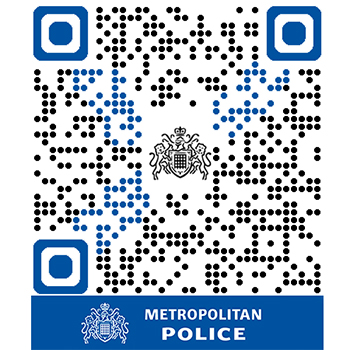Police Officer / PCSO Guidance
Guidance issued to all police staff by the head of Specialist Operations, Metropolitan Police Service.
Whilst we must remain vigilant at all times in dealing with suspicious behaviour, we must be clear that:
*There is no restriction on taking photographs in a public place of individuals or buildings, other than in very exceptional circumstances.
Human Rights Act 1998, Article 10 → Protects freedom of expression, which includes photography.
General Common Law → There is no general law in the UK preventing photography in public.
*Permission is not required from any subject to take their photograph in a public setting.
No ‘image rights’ law in the UK → UK has no general law requiring consent to photograph people in public.
Data Protection Act 2018 only applies if images are processed in a way that identifies someone and is used for business/data purposes — but taking the photo itself in public is legal.
*Taking a photograph, in itself, is not grounds for a stop and search.
Police and Criminal Evidence Act (PACE) 1984, Code A → Requires “reasonable suspicion” for stop and search. Photography alone is not sufficient suspicion.
Terrorism Act 2000, Section 43 → Allows stop & search only if an officer reasonably suspects a person is involved in terrorism. Photography alone does not justify this.
*Photographers should not be stopped unless there is a clear and lawful reason.
ACPO / Met Police Guidelines (2009 & reaffirmed later) → Explicitly state police have no power to stop lawful photography.
Police Reform Act 2002, Section 50 → Officers can only demand your details if they believe you are acting in an “anti-social manner.” Photography is not anti-social behaviour.
*Photographs cannot be viewed or confiscated without lawful authority.
Police and Criminal Evidence Act 1984 (PACE) → Seizure of property requires lawful authority (e.g., under warrant, arrest circumstances).
Terrorism Act 2000, Section 43(4) → Allows seizure of articles only if the officer reasonably suspects they are connected with terrorism.
*Images cannot be deleted except by court order.
Criminal Damage Act 1971 → Deleting images without consent could amount to unlawful destruction of property (criminal damage).
PACE 1984 → Gives no power for police to delete or destroy images. Only a court can order destruction/deletion.
*Officers have no power under Sections 43 or 44 of the Terrorism Act 2000 to delete images or prevent lawful photography in public.
Terrorism Act 2000, Section 43 → Limited to stop and search for terrorist-related articles. No mention of deleting photographs.
Gillan & Quinton v UK (2010, European Court of Human Rights) → Ruled that stop and search powers under Section 44 (since repealed) violated human rights when used indiscriminately against photographers.



